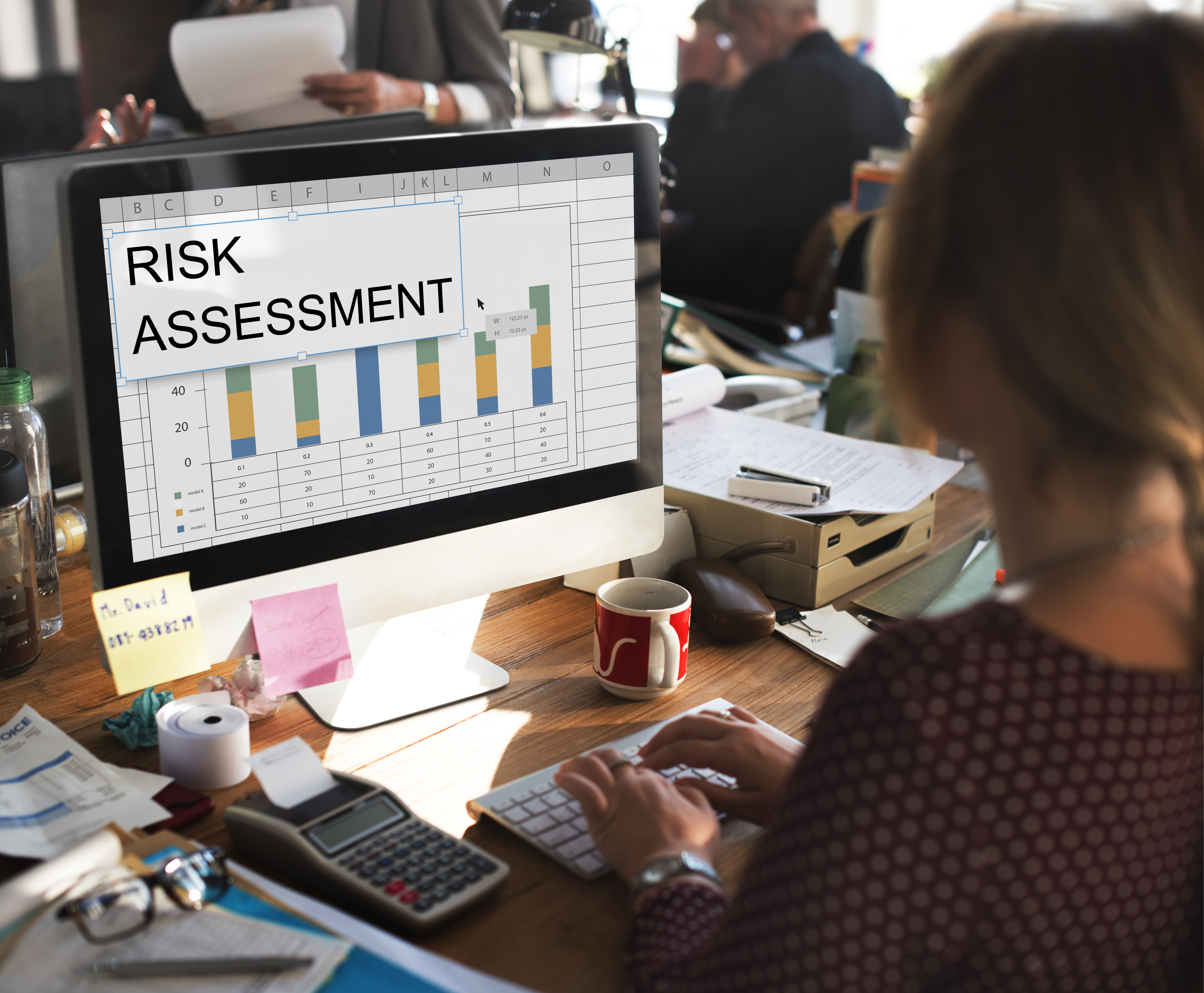In the intricate world of supply chain management, companies face a host of challenges. These hurdles can impact efficiency, cost-effectiveness, and customer satisfaction. Let’s explore the key challenges and strategies to overcome them.
1. Meeting Customer Expectations
Challenge: Striking the right balance between meeting customer demands and maintaining product quality is no small feat. Customers expect timely delivery, personalized service, and flawless products.
Strategy: Invest in technology to track customer preferences, optimize inventory, and enhance communication. Flexibility is crucial—adapt swiftly to changing customer needs.
2. Cost Control
Challenge: Rising costs—be it raw materials, labor, or energy—put pressure on supply chains. Companies must manage expenses without compromising quality.
Strategy: Optimize warehouse operations, negotiate with suppliers, and explore cost-effective transportation options. Smart planning and efficient resource allocation are essential.
3. Risk Management
Challenge: Global events—such as political instability, natural disasters, or supply chain disruptions—can wreak havoc. Companies need to be prepared.
Strategy: Develop a robust risk management plan. Leverage logistics software to monitor and mitigate risks. Agility is key—quickly adapt to unforeseen circumstances.
4. Building Strong Supplier Relationships
Challenge: Suppliers play a critical role in supply chains. Collaborative relationships lead to better products and timely deliveries.
Strategy: Foster open communication, transparency, and trust. Regularly evaluate supplier performance and address issues promptly. Remember, suppliers are partners, not just vendors.
5. Inventory Management Dilemmas
Challenge: Balancing inventory levels is like walking a tightrope. Too much inventory ties up capital, while too little leads to stockouts.
Strategy: Implement just-in-time (JIT) inventory systems. Use data analytics to forecast demand accurately. Collaborate with suppliers for efficient replenishment.
6. The Last-Mile Conundrum
Challenge: The final leg of delivery—the last mile—is often the trickiest. Urban congestion, unpredictable weather, and customer availability pose challenges.
Strategy: Optimize delivery routes, explore alternative transportation modes (drones, electric bikes), and enhance communication with customers.
7. Sustainability Imperatives
Challenge: Consumers demand eco-friendly practices. Companies must reduce their carbon footprint and ensure ethical sourcing.
Strategy: Adopt sustainable packaging, explore renewable energy sources, and collaborate with suppliers committed to ethical practices.
8. Data Security and Cyber Threats
Challenge: In our digital age, supply chains rely heavily on data. Protecting sensitive information from cyber threats is paramount.
Strategy: Invest in robust cybersecurity measures. Regularly update systems, train employees, and conduct vulnerability assessments.
9. Talent Shortages and Skill Gaps
Challenge: Finding skilled supply chain professionals is challenging. The industry needs experts in data analytics, logistics, and sustainability.
Strategy: Invest in training programs, collaborate with educational institutions, and create a positive work culture to attract and retain talent.
10. Regulatory Compliance Maze
Challenge: Navigating complex regulations—both local and international—requires diligence. Non-compliance can lead to hefty fines.
Strategy: Stay informed about changing regulations. Invest in compliance management tools and conduct regular audits.
In the intricate web of supply chains, where raw materials traverse continents and customer expectations evolve, we find both challenges and opportunities. As we conclude this exploration, remember that supply chain management isn’t just about logistics—it’s about resilience, adaptability, and collaboration.
So, fellow navigators, let’s embrace these challenges as catalysts for growth. Together, we’ll transform supply chains into agile, sustainable networks that propel businesses forward. As you face the complexities ahead, may your strategies be as robust as your determination.






